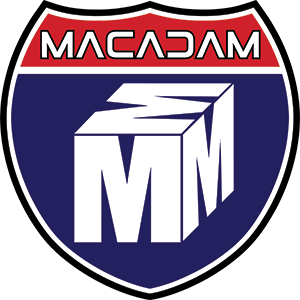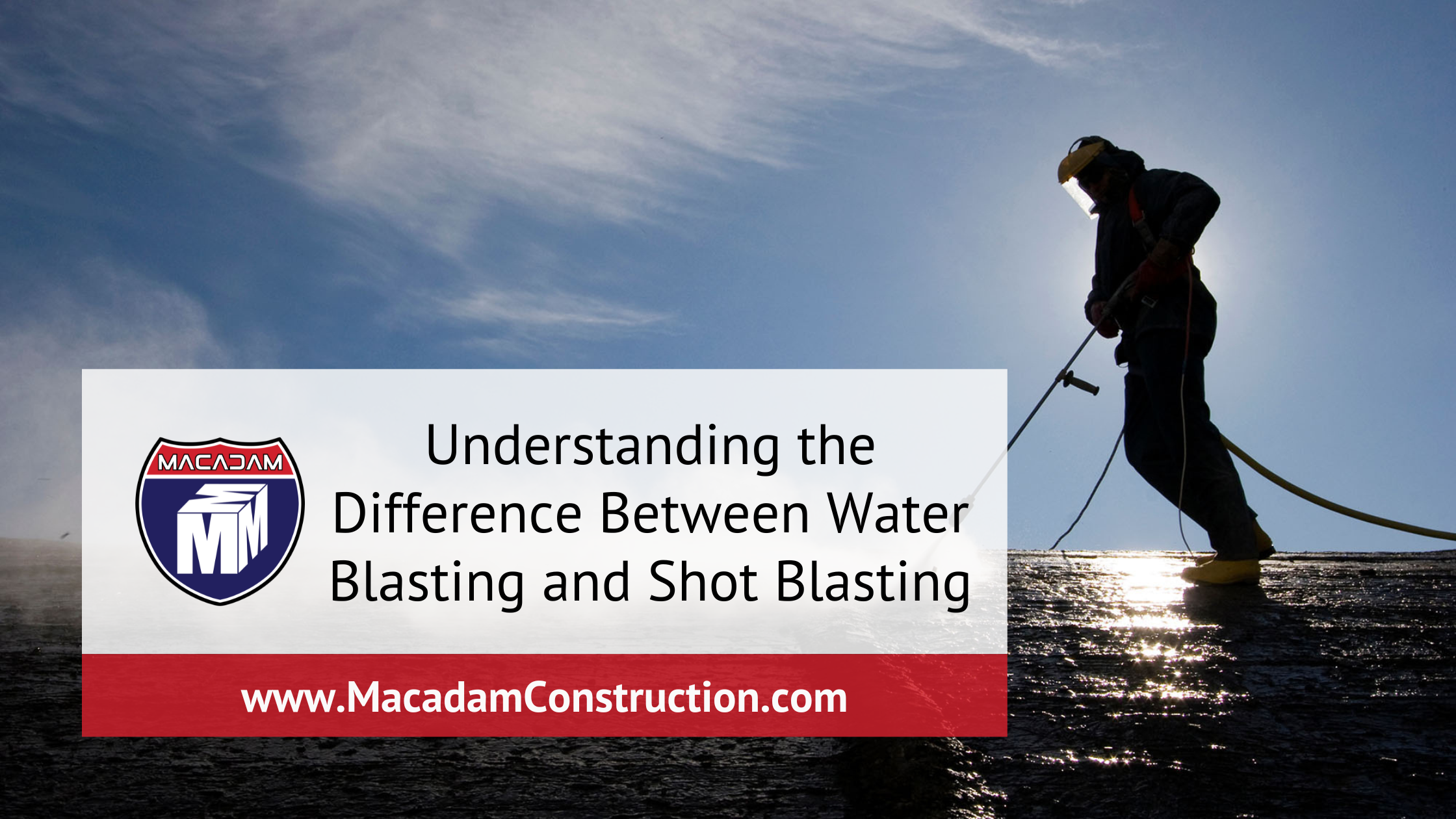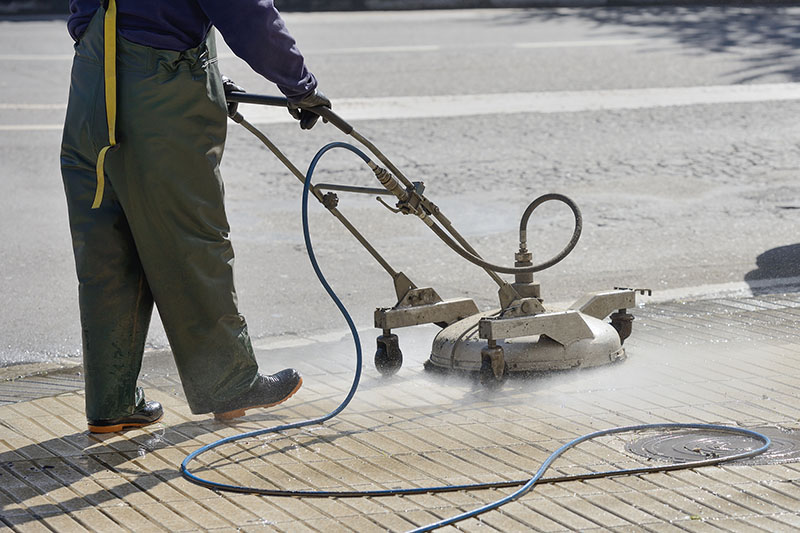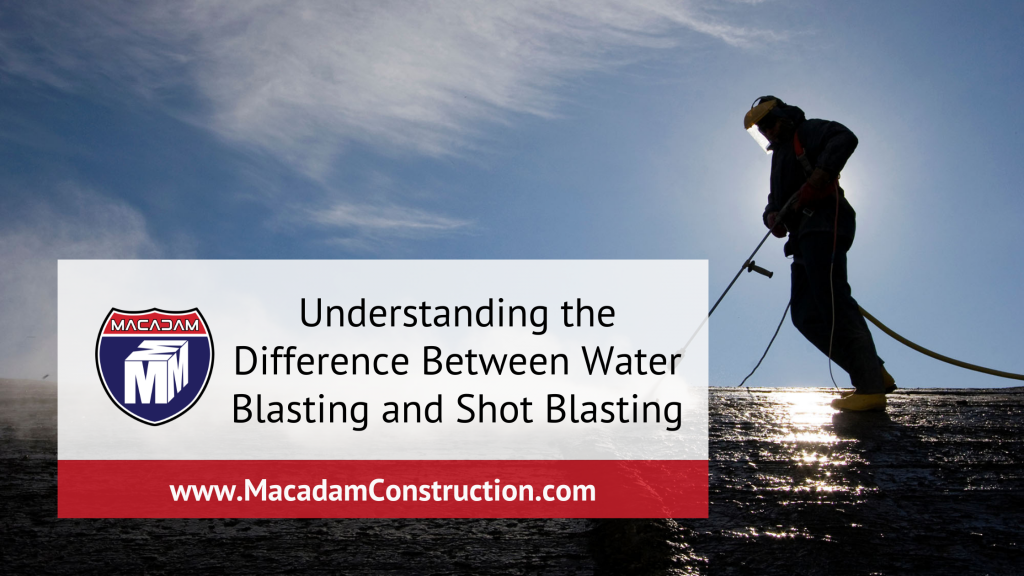
When it comes to surface preparation and cleaning, two methods often come into play: water blasting and shot blasting. While both serve the purpose of removing contaminants, rust, and old coatings from surfaces, they are fundamentally different in terms of technique, materials used, and applications.
Let’s delve into the disparities between water blasting and shot blasting to help you make an informed choice for your specific needs.
Water Blasting
The Basics
Water blasting, sometimes referred to as hydroblasting, relies on high-pressure water jets to clean, strip, or prepare surfaces. It’s a versatile method that excels in various applications and is environmentally friendly due to its minimal production of dust and waste.
How it Works
- High-Pressure Water: Water is pressurized to incredibly high levels using specialized pumps, often exceeding 20,000 psi (pounds per square inch).
- Jet Nozzle: The high-pressure water stream is then directed through a nozzle that concentrates its force onto the target surface.
- Cleaning Action: The force of the water effectively dislodges and removes contaminants, old paint, and other materials from the surface, flushing them away.
- Waste Disposal: The waste materials are typically washed away or collected for proper disposal, usually without the need for elaborate dust collection systems (more on this below).
Applications
Water blasting is versatile and finds applications in various industries, including:
- Industrial Cleaning: Removing rust, scale, and contaminants from equipment and machinery.
- Hydrodemolition: Delicate removal of concrete without damaging underlying rebar.
- Surface preparation: Cleaning buildings, bridges, ships, and other large structures.
- Line and graffiti removal: Erasing road markings and graffiti from surfaces.
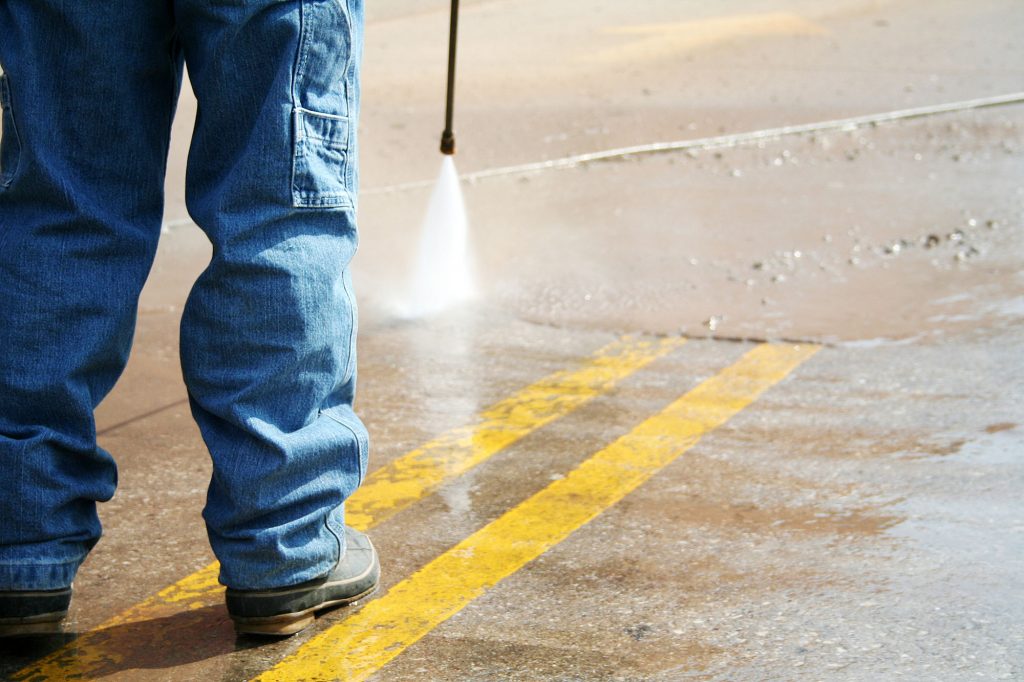
Shot Blasting
The Basics
Shot blasting, also known as abrasive blasting, is a mechanical process that utilizes high-speed propulsion of abrasive materials to clean, prepare, or profile surfaces. The primary objective is to remove unwanted materials and create a clean, roughened, or textured surface. This method is highly effective for metal, concrete, and stone surfaces.
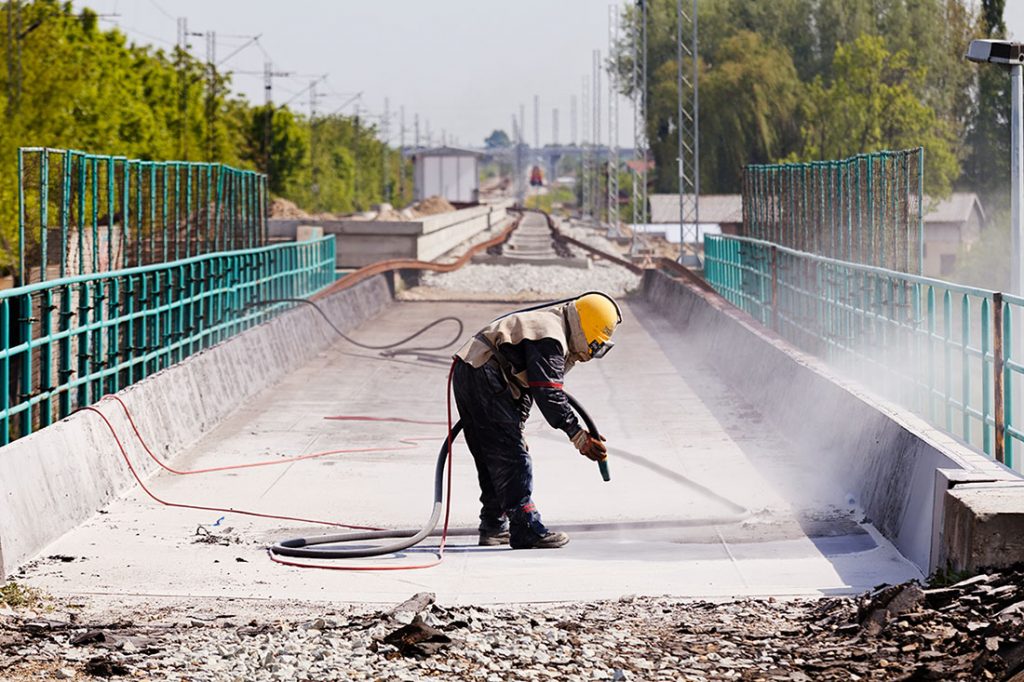
How it Works
- Abrasive Material: Shot blasting employs abrasive materials such as steel shots, steel grits, or sand. These abrasives are accelerated by a centrifugal wheel or compressed air and directed towards the target surface.
- Impact: When the abrasive particles strike the surface, they dislodge contaminants, rust, paint, or other coatings. This impact also texturizes the surface, making it suitable for applications like painting or coating.
- Collection: A dust collector system is typically used to gather the abrasive material and debris for recycling or disposal.
Applications
Shot blasting is commonly employed in various industries. Here are a few examples:
- Surface preparation for painting: Ensures strong adhesion of coatings to the surface.
- Rust and scale removal: Ideal for refurbishing metal surfaces.
- Concrete surface profiling: Preparing concrete floors for overlays or coatings.
- Cleaning and texturing: Achieving desired surface finishes.
Choosing the Right Method
The choice between shot blasting and water blasting depends on several factors, including:
- Surface Material: Water blasting is suitable for a wide range of materials, whereas shot blasting is most effective for metal and concrete.
- Coating Thickness: Shot blasting is better suited for thick coatings, while water blasting excels with thinner layers.
- Environmental Concerns: Water blasting is more environmentally friendly as it does not produce airborne dust or generate hazardous waste. There are also fewer safety concerns with water blasting, because the abrasives used in shot blasting can lead to injury or property damage if safety precautions are not strictly adhered to.
- Surface Profile: Shot blasting creates a rougher surface profile, which might be necessary for certain applications.
In conclusion, both water blasting and shot blasting are valuable methods for surface preparation and cleaning, each with their own strengths and pitfalls. They also differ in terms of materials, techniques, and applications. Choosing the right method depends on your specific needs and the nature of the surface you’re working on. Evaluate the factors outlined here to make an educated decision and achieve optimal results for your project, and be sure to consult with an expert who can help you make the best decision for your property.
Is your surface in need of cleaning or preparation for a new overlay? Learn more about our water blasting techniques here or send us a message below and we’ll be happy to answer all of your questions.
